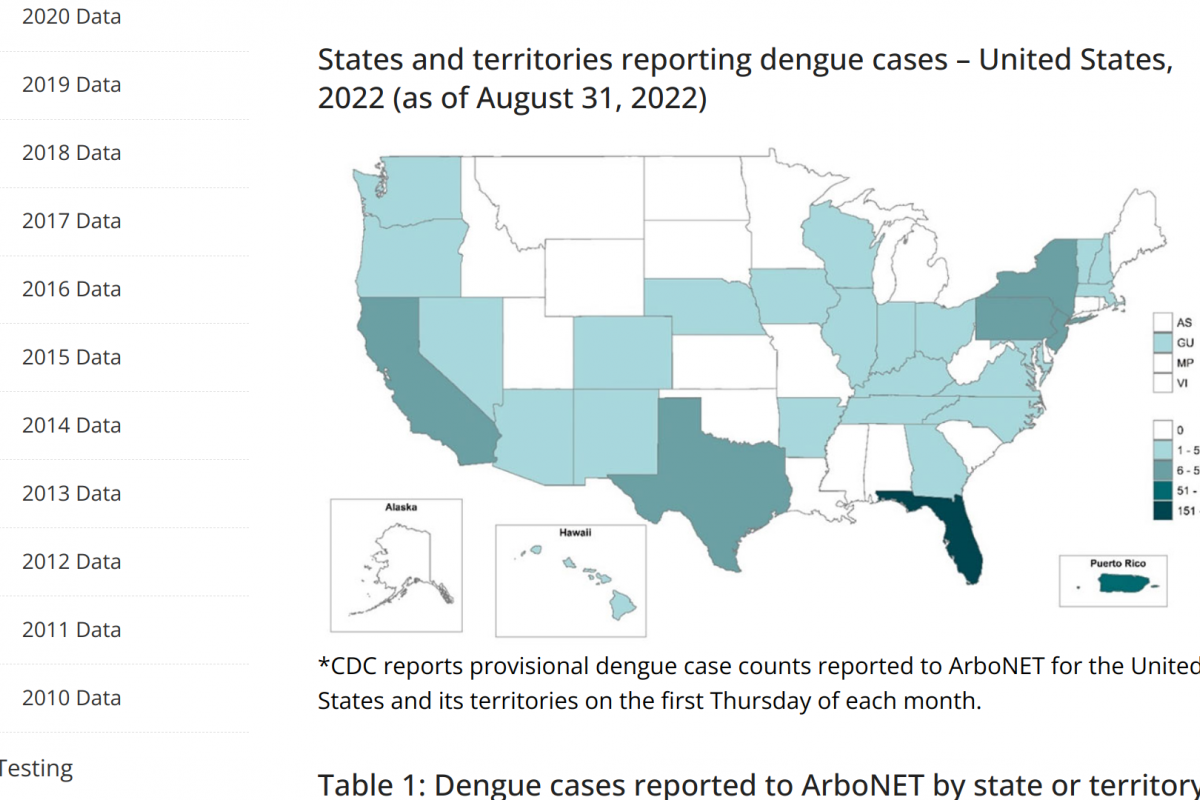Many factors can contribute to weight gain and belly fat, but uric acid is one of the most surprising. Uric acid is a waste product produced when your body breaks down purines found in certain foods. Too much uric acid in your system can trigger several problems leading to weight gain, including fatigue, stress, and digestive issues.
Obese individuals tend to have higher uric acid levels than those who are at a healthy weight. Excess fat tissue produces more purines, leading to more uric acid. The uric acid then interferes with the body’s ability to burn fat, making it more difficult to lose weight.
If you’re struggling to lose weight, it might be because of uric acid. In this case, you can choose one of the best solutions, Ikaria Lean Belly Juice.
What is Ikaria Lean Belly Juice?
Ikaria Lean Belly Juice is a powerful metabolic formula that sets itself apart from other weight loss products. This unique juice blend is infused with critical nutrients, botanicals, and herbal extracts that help the body stabilize its processes and turn incoming food into energy instead of storing it as fat reserves.
By supporting normal metabolic function and providing the body with essential nutrients, Ikaria Lean Belly Juice helps to detoxify and rejuvenate the body from the inside out.
This potent juice provides a range of health benefits for overall wellness, but it can also help boost metabolism and promote weight loss. Its unique combination of ingredients reduces cravings and hunger, making it easier to stick to a healthy diet even when the temptation to overeat is strong.
Whether you are looking for an extra boost in your weight loss journey or want to improve your overall health, the Ikaria Lean Belly Juice is an excellent choice. With so many proven benefits and such great results, there’s no doubt that this potent formula is truly one-of-a-kind!
How Does Ikaria Lean Belly Juice Work?
The ingredients in Ikaria Lean Belly Juice work together to encourage your body to burn fat instead of storing it. Many of the ingredients in this drink have been shown to have anti-inflammatory properties, which can reduce inflammation throughout the body and may be beneficial for relieving chronic conditions like heart disease and diabetes. Some of these same ingredients have also been shown to boost metabolism and help the body burn fat more efficiently.
In addition, Ikaria Lean Belly Juice contains a high concentration of antioxidants, which can help protect your cells from damage and may even help reverse some of the effects of aging.
Why is Ikaria Lean Belly Juice Good for Weight Loss?
Because Ikaria Lean Belly Juice helps encourage your body to burn stored fat for energy, rather than keeping it as excess weight, it can be an effective tool for weight loss. This type of drink can also help you feel fuller longer after drinking it, so you’re less likely to snack on unhealthy foods or overeat at mealtime.
What are the Benefits of Drinking Ikaria Lean Belly Juice?
In addition to promoting weight loss, there are many other benefits associated with drinking Ikaria Lean Belly Juice. Some of these include:
Improved digestive health: The ingredients in Ikaria Lean Belly Juice can help promote healthy digestion and elimination, reducing the risk of constipation, bloating, and gas.
Protection against chronic disease: Antioxidants found in this beverage can help protect your body from damage caused by free radicals and other harmful compounds. This can also help prevent chronic diseases like heart disease, diabetes, and certain forms of cancer.
Lower cholesterol levels: Substances known as sterols that occur naturally in many fruits and vegetables have been shown to lower LDL cholesterol levels, which can help reduce your risk of heart disease and stroke.
Drinking Ikaria Lean Belly Juice is a healthy way to get more antioxidants and other essential nutrients into your diet while helping you lose weight. If you’re looking for a natural way to start losing weight, consider incorporating this supplement into your routine.
Lean Belly Juice Ingredients
Fucoxanthin
Recent studies have found that Fucoxanthin – a compound found in brown seaweed – can help revive a protein in your body that burns fat stores and raises energy levels. Not only that, but Fucoxanthin can also prevent dietary fats from being absorbed into the body, making it a powerful tool in the fight against obesity.
Silymarin – Milk Thistle
Silymarin, also known as milk thistle, is a powerful herb that has been used for centuries to support liver health. The active ingredient in milk thistle is silymarin, a group of flavonoids with potent antioxidant and anti-inflammatory properties.
Silymarin has been shown to protect the liver from damage caused by toxins, alcohol, and other drugs. It helps regenerate liver cells, promotes the healing of damaged liver tissue and helps to lower cholesterol levels, and improves overall liver function.
Dandelion
Dandelion is often associated with weight loss and fat reduction. This is because dandelion acts as a powerful antioxidant, helping to eliminate the fat in your body, including around your pancreas and liver. In addition, dandelion helps eliminate uric acid in your stomach, which can expedite weight loss. When combined with other ingredients in Lean Belly Juice, dandelion provides a potent mix that can help you achieve your weight loss goals.
Resveratrol
Resveratrol has provided several health benefits, including supporting healthy circulation and joint function.
Food & Science journal reports that resveratrol can help lower fat stores and promote healthy blood fats. Scientific research has also shown that resveratrol may provide support for joints.
Therefore, incorporating resveratrol into your diet may help improve your overall health and well-being. To get the most benefit from resveratrol, consider taking a critical nutrient supplement.
Conclusion
So, there you have it. The Lean Belly Juice by Ikaria is a powerful weight-loss tool that can help you finally shed those extra pounds. With its unique blend of ingredients, Lean Belly Juice can help to block uric acid levels in your body and jumpstart your weight loss journey.
Adblock test (Why?)
Ikaria Lean Belly Juice Reviews: Incredible Weight Loss Results for Customers or Scam? – Nelson Star - Nelson Star
Read More











